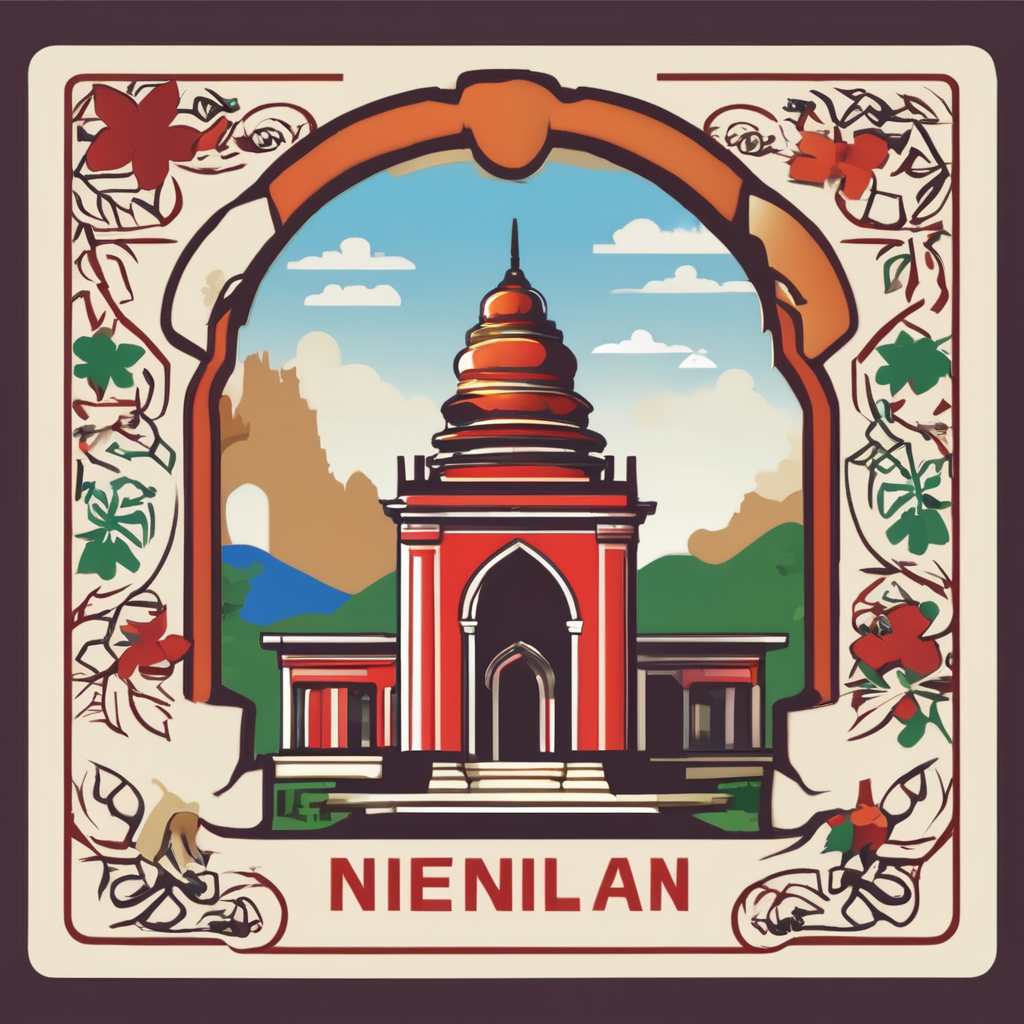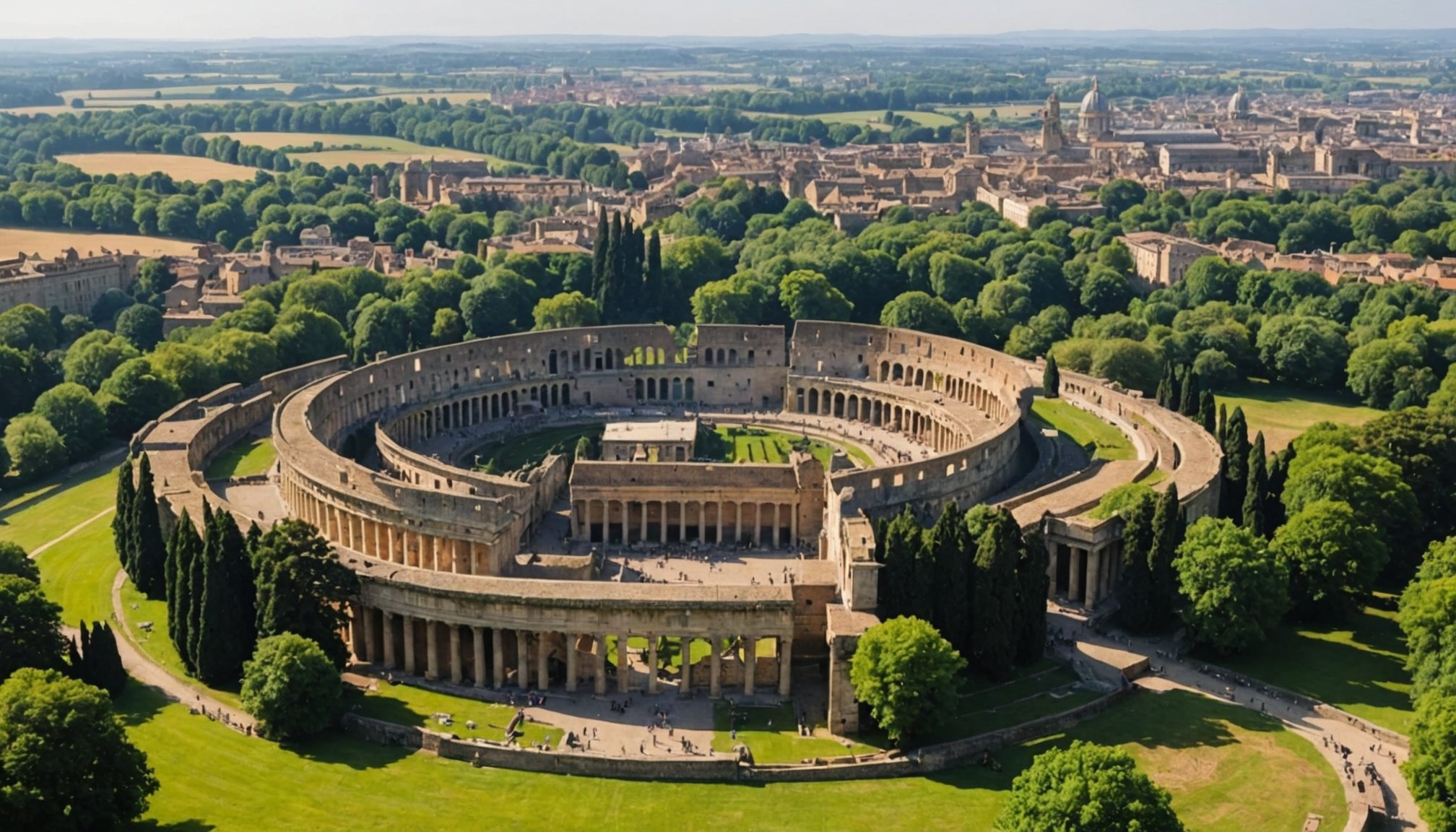Overview of Ancient Roman Architecture in the UK
Ancient Roman architecture has left a significant mark on today’s world, particularly through numerous historic sites in the UK. This lasting influence demonstrates the Roman Empire’s remarkable engineering and architectural prowess. Roman architecture was characterized by its improved use of materials like concrete and innovations such as the arch and the dome, which enabled monumental buildings.
The historical timeline of Roman presence in the UK starts in 43 AD, following the Roman conquest of Britain. This era marked a vast transformation in urban planning and architecture, merging Roman and local traditions. Roman architecture in Britain served practical and ceremonial purposes, establishing an enduring legacy in many cities.
Also read : Explore the Ultimate Medieval Festivals in the UK for an Authentic British Crafts Experience!
Noteworthy architectural features include Bath’s Roman Baths and Hadrian’s Wall, showcasing precise engineering and adaptation to the landscape. These structures reflect the Roman dedication to infrastructure, health, and defense. Roman villas, amphitheaters, and temples, though some in ruins, remain points of interest and academic study.
The blend of practicality and art in Roman structures outlines the cultural and historical depth, offering a compelling narrative of the ancient Roman presence in the UK.
Also to see : Explore Top UK Locations to Master the Art of Traditional British Basketry!
Major Roman Sites in the UK
The UK boasts an array of notable Roman sites, each with unique features that illuminate Roman architecture’s influence. Venturing into these ancient ruins offers an insightful dive into history.
The Roman Baths in Bath
Nestled in Bath, the Roman Baths stand as a testament to Roman engineering. These structures were centres for social and cultural activities, significantly impacting Roman daily life. Visitors can explore restored areas, including the Sacred Spring and the Roman Temple. Tours offer immersive experiences, revealing the significance of bathing in Roman culture and its intricate design.
Hadrian’s Wall
Stretching across Northern England, Hadrian’s Wall served as a formidable defence structure. Its robust design reflects the military ingenuity of the Romans. Spanning about 73 miles, the wall once delineated the Roman Empire’s boundary in Britain. Guided tours along its length provide insights into its strategic importance in military history.
The Colchester Roman Ruins
Colchester, celebrated as the Roman Empire’s earliest settlement in Britain, showcases fascinating Roman ruins. Visitors can uncover extensive remnants of Roman life through architectural remnants like temples and public buildings. Tours delve into Colchester’s rich Roman heritage, offering a glimpse into ancient society.
Exploring Roman Architecture through Expert-Led Tours
Expert-led tours offer immersive experiences into ancient Roman architecture, combining education with exploration. These tours, guided by knowledgeable professionals, enrich understanding of the historical and cultural nuances of notable UK sites. Engaging with guides allows visitors to gain unique insights into Roman traditions and architectural techniques that textbooks may not fully capture.
Several tour companies cater to varying interests and schedules. For instance, “Historical Adventures” offers tailored tours focusing on the architectural highlights and historical contexts of iconic sites like the Roman Baths and Hadrian’s Wall. Alternatively, “Empire Expeditions” provides comprehensive tours delving into the archaeological significance of ruins and their preservation efforts.
Experts not only guide visitors through architectural marvels but also spotlight the Romans’ innovative use of materials and engineering. This firsthand knowledge enhances visitors’ appreciation, offering a deeper look into ancient ruins and their lasting impact.
Participating in these tours promises an engaging and educational journey, transporting history enthusiasts to a bygone era. Whether seasoned travellers or newcomers, these experiences are designed to captivate and inform anyone eager to discover Roman architecture’s enduring legacy.
Visitor Insights and Practical Information
Exploring Roman sites in the UK can be a fascinating journey, but careful planning can greatly enhance your visit. Understanding the best times to visit is crucial. Spring and early autumn offer pleasant weather, ideal for exploring outdoor ruins without the midsummer crowds. Special events, such as Roman reenactments and festivals, often occur during these periods, providing an enriched cultural experience.
Local climate varies; hence, being prepared for sudden weather changes, especially in northern regions, is advisable.
Accessibility and Facilities at Roman Sites
Each notable Roman site generally offers accessible paths, though terrain may vary, particularly at ancient ruins. Facilities such as restrooms, cafes, and gift shops can enhance the visitor’s experience, providing convenience and opportunities to delve deeper into historical contexts through literature and souvenirs available on-site. Proximity to accommodations ranges from city hotels to quaint B&Bs, ensuring comfort regardless of individual preferences.
Enhancing Your Visit with Additional Resources
To maximise your experience, consider diving into recommended reading materials or documentaries before your visit. Digital resources, including apps and online platforms, provide interactive features and additional historical insights, making guided tours more engaging and informative.
Engaging with these resources can significantly augment your understanding of Roman architecture highlights during your visit.











